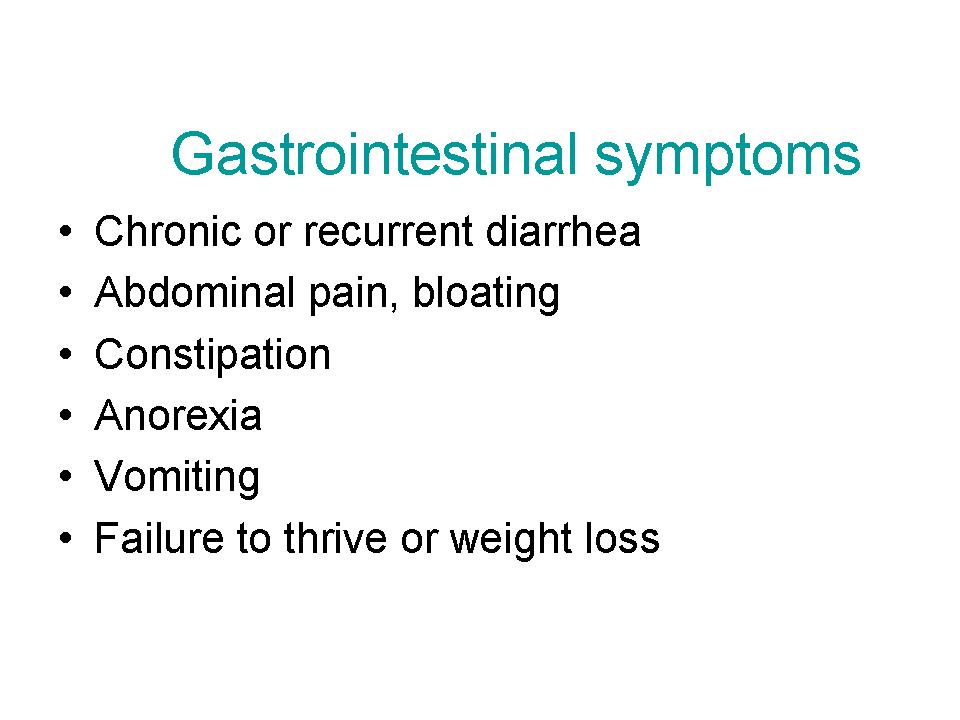
HAV is responsible for acute hepatitis only. often, this is an anicteric illness, with clinical symptoms indistinguishable from other forms of viral gastroenteritis, particularly in young children.
The illness is much more likely to be symptomatic in older adolescents or adults, in patients with underlying liver disorders, and in those who are immunocompromised. it is characteristically an acute febrile illness with an abrupt onset of anorexia, nausea, malaise, vomiting, and jaundice.
Duration of Illness: The typical duration of illness is 7–14 days
Other organ systems can be affected during acute HAV infection. Regional lymph nodes and the spleen may be enlarged. the bone marrow may be moderately hypoplastic, and aplastic anemia has been reported. Small intestinal tissue may show changes in villous structure, and ulceration of the gastrointestinal tract can occur, especially in fatal cases. Acute pancreatitis and myocarditis have been reported, though rarely, and nephritis, arthritis, vasculitis, and cryoglobulinemia can result from circulating immune complexes.
Complications: Although most patients achieve full recovery, two distinct complications can occur:
1.Acute liver failure (ALF) from HAV infection, a rare but not infrequent complication of HAV. Those at risk for this complication are adults, but also patients with underlying liver disorders or those who are immunocompromised. the height of HAV viremia may be linked to the severity of hepatitis. whereas in the United States, HAV represents <0.5% of pediatric-aged ALF, it is responsible for up to 3% mortality in the adult population with ALF. in endemic areas of the world, HAV constitutes up to 40% of all cases of pediatric ALF.2.HAV can progress to a prolonged cholestatic syndrome that waxes and wanes over multiple months. Pruritus and fat malabsorption are problematic and require symptomatic support with antipruritic medications and fat-soluble vitamins. This syndrome occurs in the absence of any liver synthetic dysfunction and resolves with no sequelae
There is no specific treatment for hepatitis A. Supportive treatment consists of intravenous hydration as needed and antipruritic agents and fat-soluble vitamins for the prolonged cholestatic form of disease. Serial monitoring for signs of acute liver failure and early referral to a transplantation center can be lifesaving.
VN:F [1.9.3_1094]VN:F [1.9.3_1094]Clinical Features of Hepatitis A in children, 10.0 out of 10 based on 1 rating